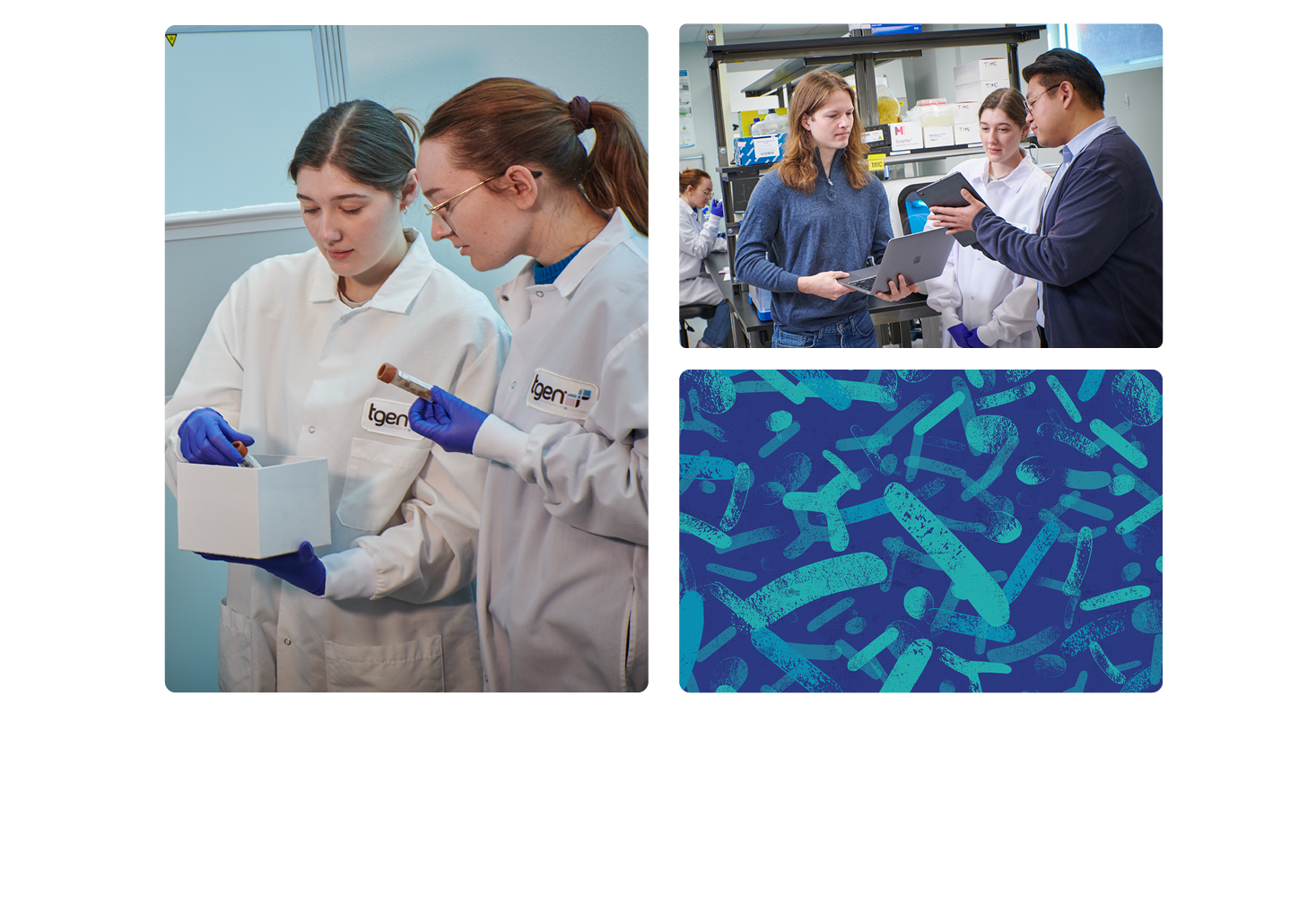The microbiota is a term used to describe the microbes (including bacteria, yeast, viruses, parasites, and fungi) that coexist in various sites of the human body1. The collection of their microbial genes, referred to as the microbiome, outweighs the number of human genes by as much as 100 times2. Research into the microbiome is a ground-breaking and fast-growing field. Recent discoveries have found that the human microbiome plays a role that directly affects multiple organ systems. The composition of microbiota present varies depending on the region of the body (i.e., oral cavity, lung, vagina, or skin). This is because of the differences in environmental factors and activity at each region, including pH, gene mutations, and interactions among other microbes1. The disruption of the microbial composition and its functions, known as dysbiosis, is linked to various disease manifestations, such as metabolic, inflammatory, neurological, and gastrointestinal disorders3.
The gut microbiome, which consists of billions of microorganisms, is now recognized as playing a critical role in maintaining gut health, contributing to the maturation and function of the immune system, and influencing the homeostasis of other peripheral organs4. There is even evidence of bidirectional communication between the gut microbiota and the brain through gut-brain immunological mediators; this is known as the gut-brain axis5. Stool samples are non-invasive, accessible, and cost-effective specimens that can be easy to collect to provide insight about the gut microbiome. Microbial DNA is extracted, amplified, sequenced, and analyzed to gain a comprehensive understanding of gut health, which can be used to guide patients’ treatment.
Other components of the human microbiome could soon play crucial roles in patients’ health as well. Nasal microbial dysbiosis is actively being evaluated for possible association with neurological diseases. The microbes of this niche and their microbial metabolites are able to cross the blood-brain barrier, causing a variety of neurological diseases: Parkinson’s disease, Alzheimer’s disease, and multiple sclerosis, to name a few5. The nasal mucosal barrier plays a key role in preventing infection within the upper respiratory tract. A nasal swab sample, similar to those used to test for SARS-CoV-2 infection, is also a safe, accessible, and cost-effective method to assess the nasal microbiome. These assessments allow us to understand how changes on the microbiome level impact the progression of related disorders.
REFERENCES
- Hou K., Wu ZX., Chen XY. et al. Microbiota in health and diseases. Sig Transduct Target Ther 7, 135 (2022). https://doi.org/10.1038/s41392-022-00974-4
- Sender R., Fuchs S., Milo R. Are We Really Vastly Outnumbered? Revisiting the Ratio of Bacterial to Host Cells in Humans. Cell 2016;164:337–40.
- Microbiome in precision medicine.
- Lathrop SK, Bloom SM, Rao SM, Nutsch K, Lio C-W, Santacruz N, et al. Peripheral education of the immune system by colonic commensal microbiota. Nature 2011;478:250–4.
- Thangaleela S., Sivamaruthi B.S., Kesika P., Bharathi M., Chaiyasut C. Nasal Microbiota, Olfactory Health,Neurological Disorders and Aging—A Review. Microorganisms 2022, 10, 1405. https://doi.org/10.3390/microorganisms10071405

